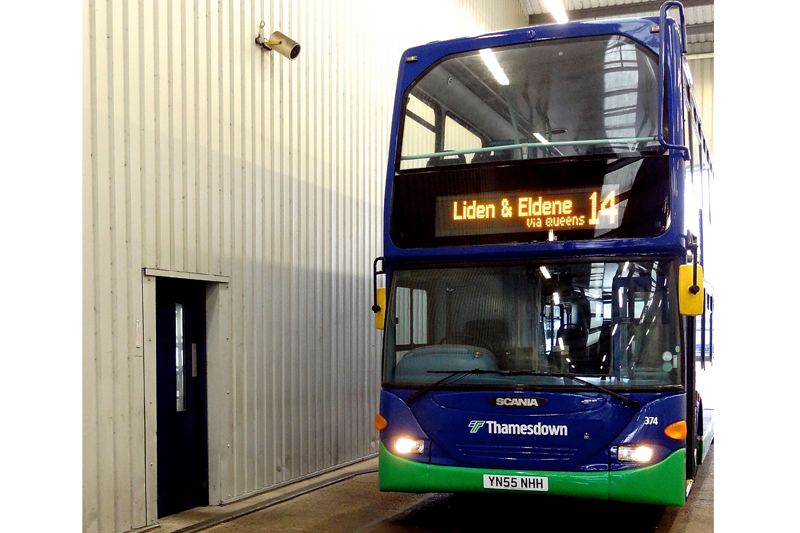
Irregular tyre pressure monitoring could be a major hidden contributor to electric vehicle (EV) and hybrid bus range degradation, according to WheelRight.
EVs are fast becoming a fixture on our roads. Fleets of electric buses are currently being trialled in cities including London, Milton Keynes and York, with operators promoting their increased sustainability and lower running costs. However, poor tyre pressure monitoring could lead to the UK’s fledgling fleet of EV buses suffering from unexpectedly high levels of rolling resistance, which could significantly reduce range capability.
Jeff Hilton, Sales & Marketing Manager of vehicle technology specialist WheelRight, believes that the implementation of the charging infrastructure needed to support a network of electric vehicles must incorporate tyre monitoring technology.
Tyre maintenance
Hilton comments: “The issue of tyre maintenance isn’t new to the bus industry, but with the arrival of electric buses the problem of increased rolling resistance due to low tyre pressures is exacerbated. A slow puncture can go undetected for weeks in between manual checks. The negative effect on fuel consumption of a diesel bus may not be noticed right away, but on an EV this extra rolling resistance directly affects the ability of the vehicle to complete its journeys between charges. That’s why it’s essential for electric bus operators to adopt a wholesale attitude change when it comes to tyre pressure monitoring. With that in mind, we advocate daily tyre pressure checks.
“This view is informed by our work with some of the UK’s leading bus companies. We’ve seen first-hand the impacts of standard manual tyre checks on buses of all kinds, especially in terms of rolling resistance and range capabilities. The issue is complicated further by the fact that buses have inner tyres, which are difficult to reach and measure.
“While there’s no doubt most bus operators have been doing the best they can with the tools available to them, until recently, daily pressure checks have been impractical and expensive. Manual gauges are tricky and time consuming to use, something especially pertinent given the tight turnarounds bus operators work to.
“However, the development of drive-over tyre pressure monitoring technology makes daily checking a reality. With an increasing number of bus operators adapting their facilities to incorporate electric buses, they should also use this as an opportunity to include drive-over tyre pressure monitoring technology into depots, to minimise disruption and maximise savings.
“WheelRight’s system takes just one second to measure a tyre on a bus as it drives through the depot – meaning the vehicle doesn’t have to be taken out of service, dramatically reducing the amount of time spent measuring tyres.
“Furthermore, because every tyre on every bus is checked as it (EV or otherwise) enters or exits a depot, we instantly inform fleet managers of potential problems before they escalate and affect energy efficiency. Such data will also provide fleet managers with valuable long-term trend analysis to ensure they maximise efficiency, safety and the passenger experience.”








